Imhaho Gisa Sikdang(임하호기사님식당)
14.6Km 2021-04-09
8, Seonchakjang-gil, Andong-si, Gyeongsangbuk-do
+82-54-822-4929
There are a variety of side dishes, so you can enjoy different foods. This Korean dishes restaurant is located in Andong-si, Gyeongsangbuk-do. The representative menu is kimchi stew.
Andong School of Korean Etiquette (안동예절학교)
14.6Km 2023-04-07
1333-5, Toegye-ro, Andong-si, Gyeongsangbuk-do
+82-54-841-0511
Andong School of Korean Etiquette, which is located in Andong, is a mecca of Korea's Confucian customs and provides an opportunity to experience traditional Korean etiquette.
In addition to Korean traditional etiquette, Andong School of Korean Etiquette also teaches tea etiquette and traditional Korean music using instruments such as janggu and gayageum. Students can also experience the joy of learning how to play folk games such as yunnori and kite-flying. The school offers a wide variety of hands-on programs related to Korea's traditions and customs such as mask dance, paper craft, cooking, wedding, and eco-rafting on Nakdonggang River.
There are other popular tourist attractions nearby such as Dosanseowon Confucian Academy, Forest Science Museum and Yi Yuk-sa Literary Hall.
Byeolcheongung (별천궁)
15.5Km 2021-03-30
141, Bongjeongsa-gil, Andong-si, Gyeongsangbuk-do
+82-54-857-4168
It is a restaurant with a hanok interior. This restaurant's signature menu is set menu with grilled salted mackerel. This Korean dishes restaurant is located in Andong-si, Gyeongsangbuk-do.
Andong Susan Sikdang (안동수산식당)
15.6Km 2021-03-24
64, Yutongdanji-gil, Andong-si, Gyeongsangbuk-do
+82-54-859-9779
It is a store where you can enjoy fresh seafood. This Korean dishes restaurant is located in Andong-si, Gyeongsangbuk-do. The representative menu is cold raw fish soup.
Jukheon Traditional House [Korea Quality] / 죽헌고택 [한국관광 품질인증]
16.1Km 2023-09-05
24 , Taejangjukheon-gil, Andong-si, Gyeongsangbuk-do
+82-10-5217-2174
Jukheon Old House is an old house near Bongjeongsa Temple in Andong, Gyeongsangbuk-do. Originally built in 1886 by independence activist Kim Ga-jin, it was later acquired by Jukheon Lee Hyeon-chan and until recently was used as a family gathering place for jaesa ancestral rites. There are three 2-person guestrooms (Jukheon Gallery Room, Seojae Room and Elizabeth Room) and one four-person room (Jukheon-dong Farm Room). Visitors can explore the old thatched millhouse with its ancient treadmill, or enjoy a walk along Queen Elizabeth Road to Bongjeongsa Temple. A simple complimentary breakfast is provided.
Hakgasan Chamma Sikdang(학가산참마식당)
16.6Km 2021-04-09
677, Bukpyeong-ro, Andong-si, Gyeongsangbuk-do
+82-54-868-7456
It is a good house with delicious dishes including fresh yams, where side dishes are cooked every morning. This Korean dishes restaurant is located in Andong-si, Gyeongsangbuk-do. The most famous menu is bulgogi.
Andong Gunja Village (Ocheon Historic Site) (안동 군자마을(오천유적지))
16.7Km 2024-10-24
29 Gunjari-gil, Waryong-myeon, Andong-si, Gyeongsangbuk-do
+82-54-852-5414
Andong Gunja Village is a cluster of around twenty hanok. During the Joseon dynasty, this area produced many scholars, hence earning the name Gunja Village, meaning a village where many learned scholars reside. Designated cultural heritage sites include Takcheongjeong Historic House, and Shrine of the Gwangsan Kim Clan. Visitors can experience hanok stay, immersing themselves in the ambiance of historic houses and traditional customs.
Andong Gunja Village (안동 군자마을)
16.7Km 2024-02-23
29 Gunjari-gil, Waryong-myeon, Andong-si, Gyeongsangbuk-do
Andong Gunja Village, established 600 years ago, was relocated 2 kilometers from its original site due to submergence during the construction of Andong Dam. The village's tradtional houses and pavilions were meticulously moved to preserve their historic value. Known as Gunja Village, it derives its name from a remark by the Joseon-era civil servant Jeong Gu, who noted, "There is no one in the village who is not a Gunja (gentleman)". The village is home to over 20 ancient houses, including the Hujodang Head House and Takcheongjeong Pavilion, maintained in their original state. Moreover, the village archives over 1,000 documents detailing adoption, property ownership, and labor distribution.
Jirye Arts Village (지례예술촌)
16.7Km 2024-05-29
427 Jiryeyesulchon-gil, Andong-si, Gyeongsangbuk-do
+82-54-852-1913
Located in Andong, Jirye Arts Village first formed as a result of the construction of Imha Dam. When a small neighborhood in Jirye-ri, Imdong-myeon was at the risk of flood due to the dam, Kim Won-gil, the village leader at the time, relocated and rebuilt ten houses to the current location in 1986. This neighborhood, now known as Jirye Arts Village, was designated as an art village in 1990 and since then, many artists settled in the neighborhood and formed a community of culture and art. Today, Jirye Arts Village offers a variety of opportunities to experience Korean culture through hands-on arts and crafts as well as diverse cultural activities.
Seohae Sikdang (서해식당)
16.9Km 2021-03-26
4248, Gyeongseo-ro, Andong-si, Gyeongsangbuk-do
+82-54-842-1644
This is a place where soy sauce-marinated blue crabs are made using domestic blue crabs. This Korean dishes restaurant is located in Andong-si, Gyeongsangbuk-do. The most famous menu is soy sauce marinated crab set menu.
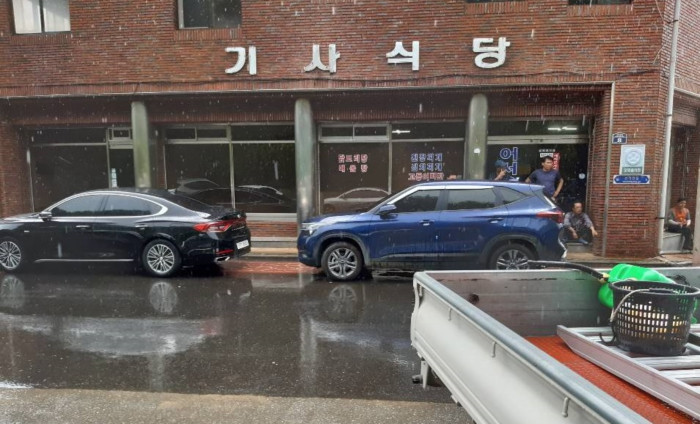

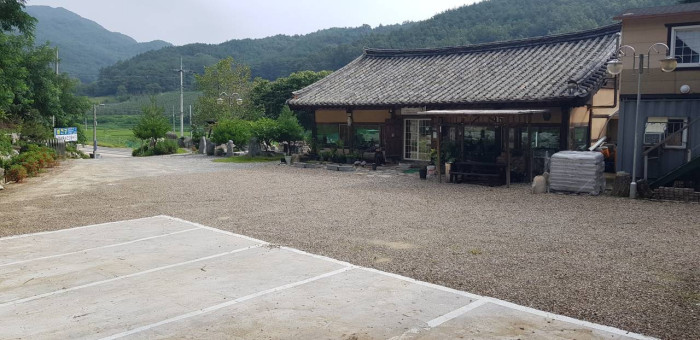
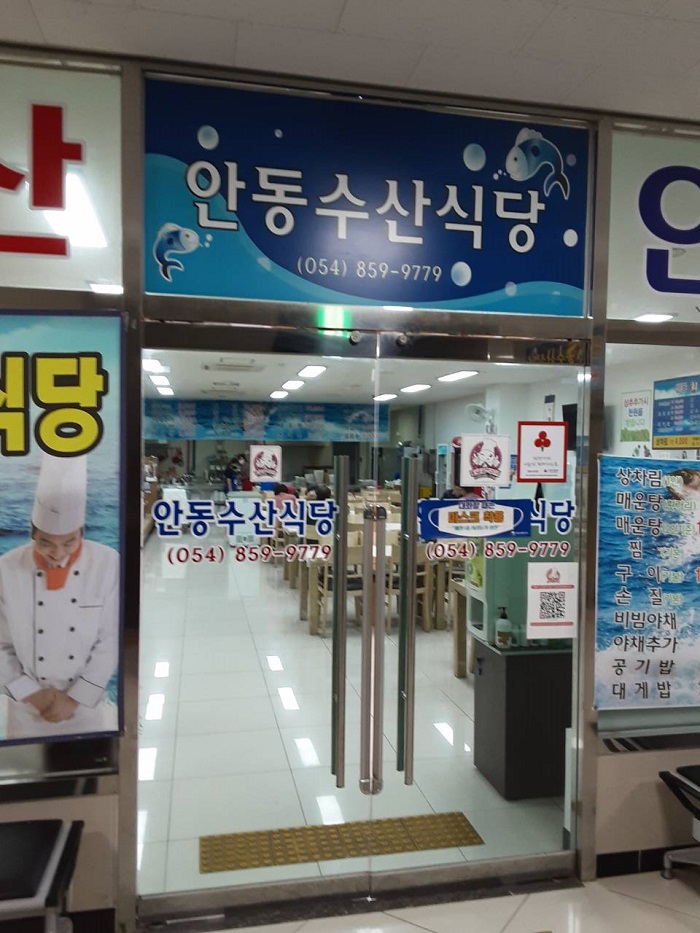
![Jukheon Traditional House [Korea Quality] / 죽헌고택 [한국관광 품질인증]](http://tong.visitkorea.or.kr/cms/resource/33/2993133_image2_1.jpg)
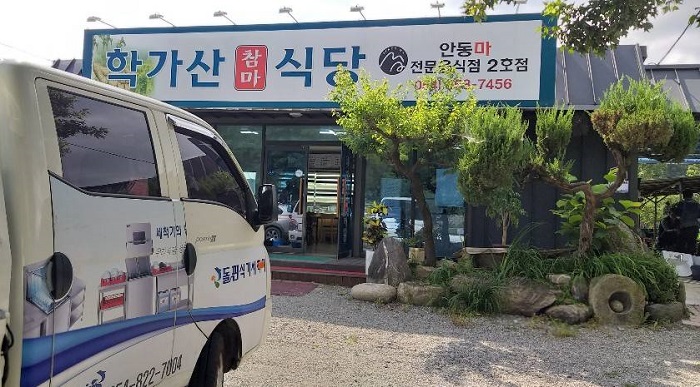
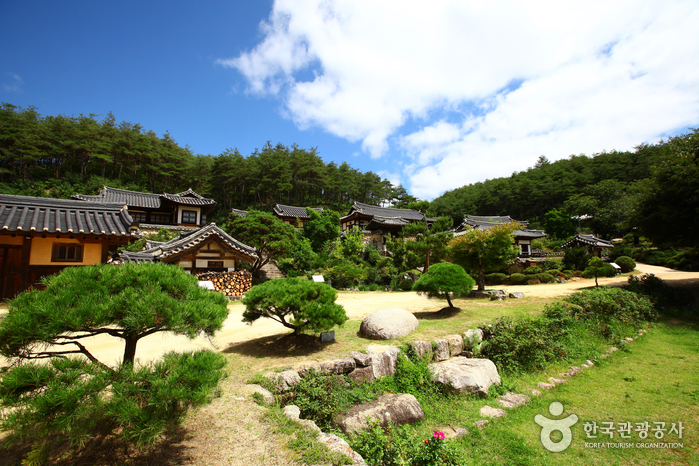
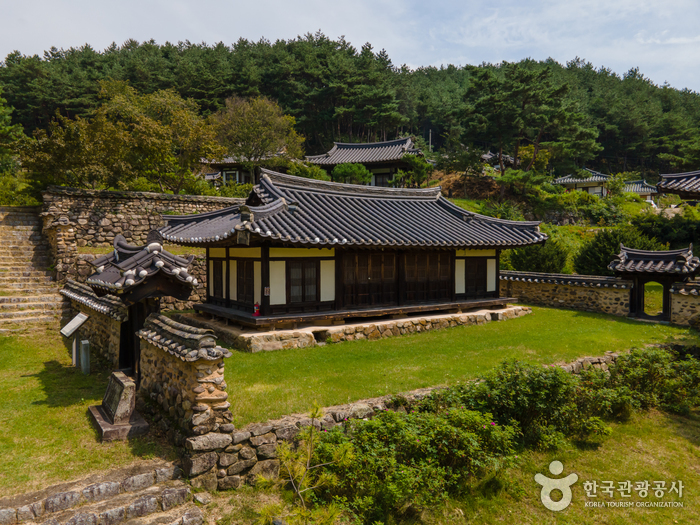
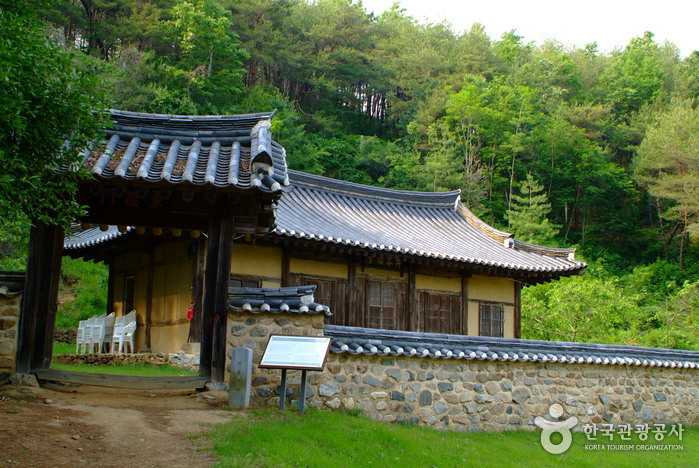
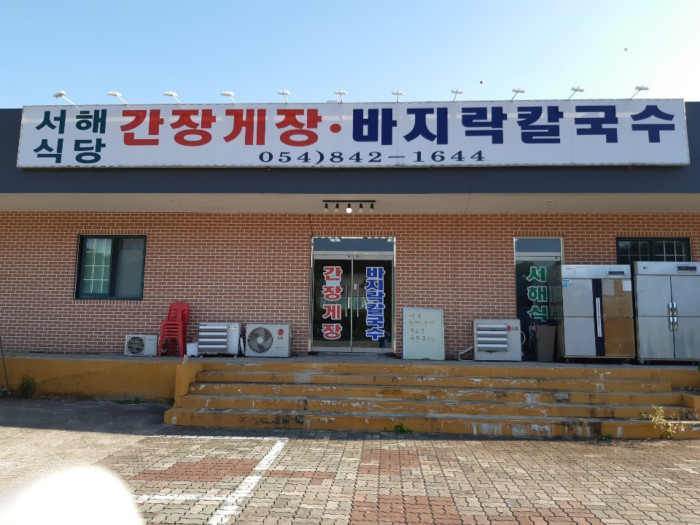
 English
English
 한국어
한국어 日本語
日本語 中文(简体)
中文(简体) Deutsch
Deutsch Français
Français Español
Español Русский
Русский